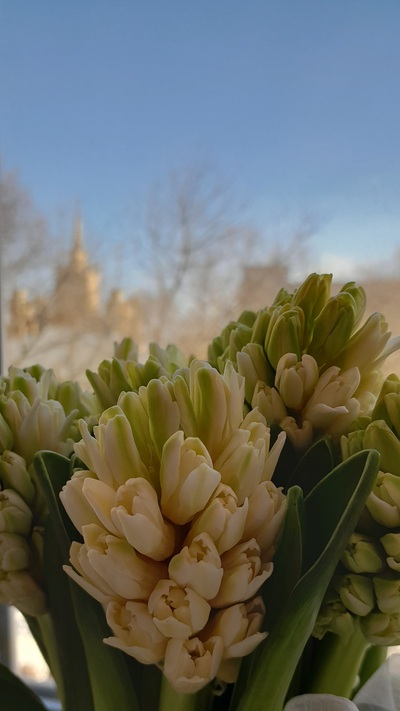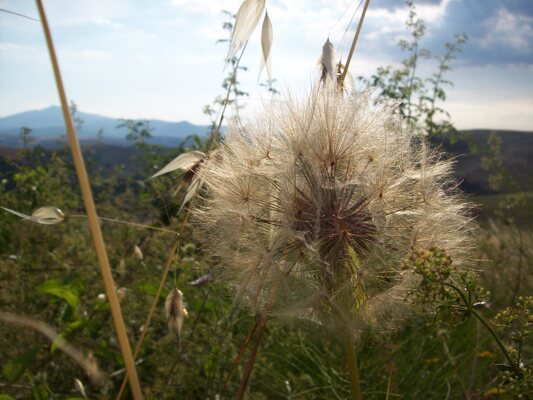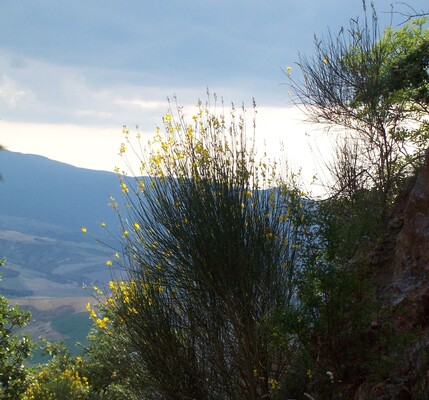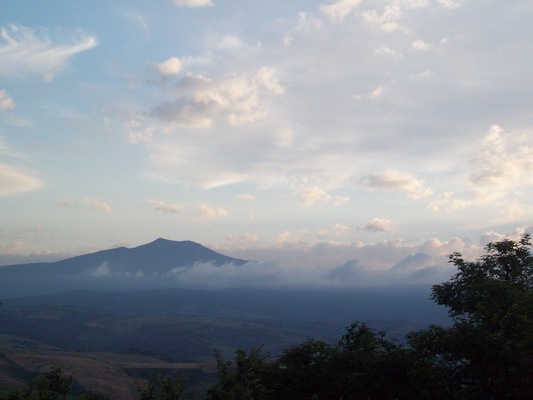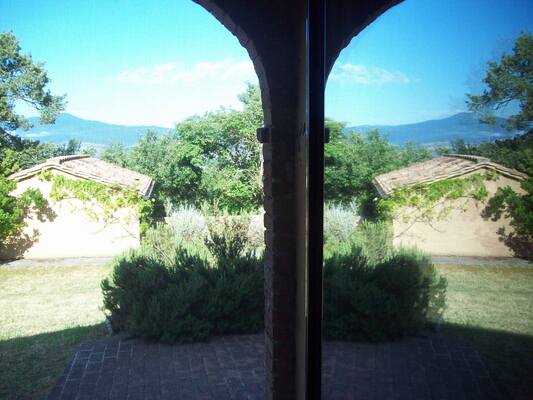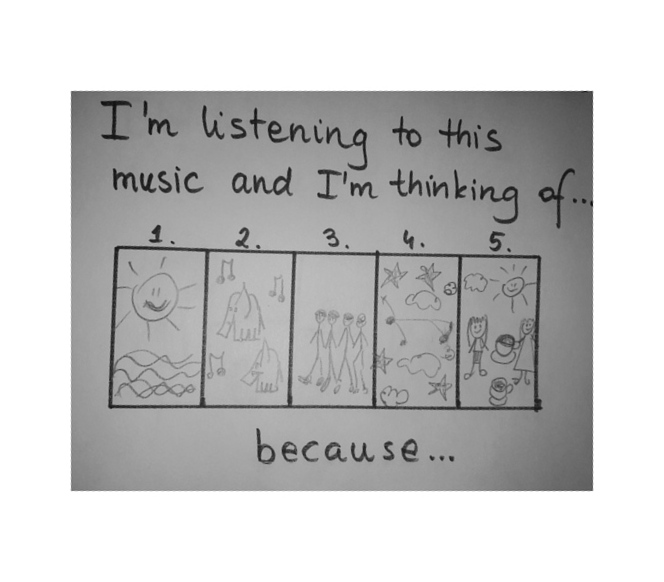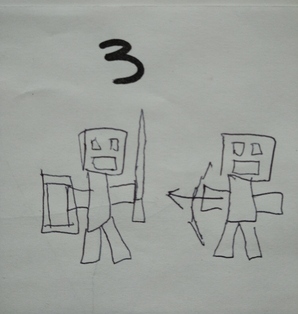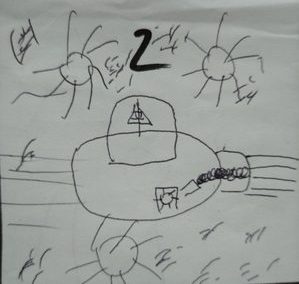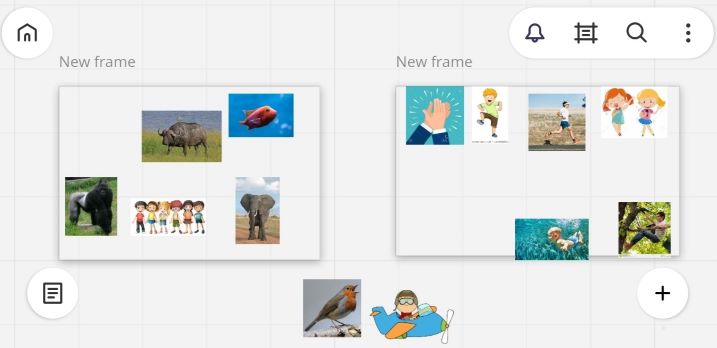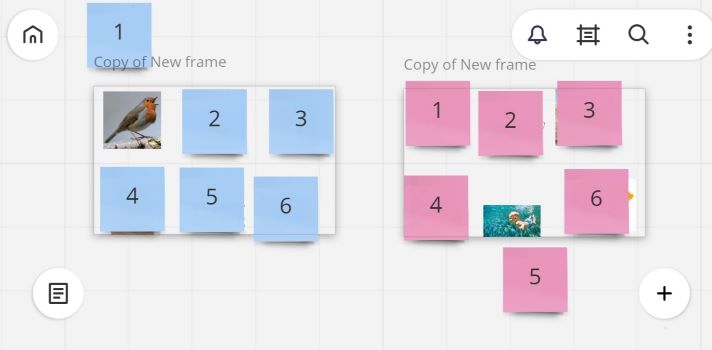
I have already written a lot about things to do with songs. Here you can find a post about the steps to take to properly un-sing a song and to make the language your spoken language and another one on creating your own songs for the use in the YL classroom.
Today, I would like to share with you a project that we have been a part of for the past two months and that I am hoping will continue until the end of the academic year: our own month song.
Ingredients
- a song and a melody that will be used as a model, in my case it was January Song from Sing Play Create.
- a group of kids and a teacher to manage
- optionally: an audio of the melody, ours was Frere Jacques, it was easy to find.
Procedures
- First, a story: Our lessons in December, with my year 1 kids, started with different Christmas songs as we had already abandoned the regular Hello songs somewhere in December. When January arrived, I wanted to devote a part of the lesson to a chat about things that we do in that month. And to introduce that slot, I was looking for a song. I found it and quite easily and it was perfect – short, call and response style and with a relatively simple melody. We sang this song throughout the entire month. Then, February came and I started to look for a song that we could sing. I did not find anything that would work for us, something easy and short, without too many cultural references that are not at this point relevant. I didn’t find anything that I could use. I decided we are going to create our own.
- In the first lesson of February, I explained to my students the song situation and encouraged them to think about our own song. They made a real effort and we ended up with a song in 1 a and a slightly different song in 1b. I wrote the songs on the board and we photographed the board. Every day, at the beginning of the first lesson, I would take out my phone and start singing for the kids to repeat. Some of the phrases were familiar to kids, the others I helped to translate.
- We repeated the procedure in March and ended up with two verses in both groups that we sang for a week.
- The next step was of course the kids’ versions. I did not prepare them for that in any way and on one of the days, I simply asked: Does anyone have an idea for a new song? And they did. Right now we do it every lesson and there are always some kids who are willing to share their ideas.
Why we love it
- The song is a perfect choice for creative singing (and speaking). It has got a simple melody which we already know very well. The song follows the pattern of call – response so whatever idea the leader comes up with, the group responds, by simply repeating the line.
- The lines are short, easy to create and to repeat even for beginner children. It is an advantage, too that the verses of the song follow two patters: either a simple phrase or a short sentence so pretty much anything can be used. Some of the verses we created were like that: ‘March, March’ (only two words repeated), ‘Make snowmen’ (an imperative), ‘Birds and bees are flying’ (present continuous), ‘Flowers grow’ (present simple), ‘We are very tired’ (personalised sentences with the verb to be).
- Some of my kids have an idea but they don’t have the language and that works, too. They sing the first line, in Russian, and I respond with the equivalent in English. It also helps with some verses that are not appropriate but are, at the same time, a result of my students experimenting with the language. We have had a few cases of a line like that appearing as a call and me replying with ‘La la la’ or with ‘Sasha is not singing’, to signal that some things are not be accepted.
- Kids love this part of the lesson and, on a typical day, we have about 4 or 5 verses, sometimes more, sometimes fewer. Some of the kids sing the verses, some prefer to say them already and it all works.
- I am just overjoyed because they are producing the langauge and in this previous week, we have seen an interesting new trend or even two. Some kids (following my example) started to create songs about how they feel on the day (‘March, March. Sunny day. I am very happy. But I want to sleep’) which is their extended and musical answer to ‘How do you feel today?’. Some children sang a song about their favourite month (usually related to their birthday). We had also a few crazy versions of snow in July and another Christmas in the summer. One way or another – lots and lots of language creativity.
- Another thing that makes me really happy is that this creative activity appeals not only to my stronger students but also to some of my struggling students and, in general, is great for mixed ability groups. It is easy to create your song, for example by changing one or two words in the verses that your teacher or friend sang. That’s easy to do. Plus, all students are creative, even my beginner beginners. They have an idea and they want to share and since some of the ideas are shared every day, they stay. My student Sasha came up with the idea of a sick rainbow two weeks ago and now he remembers himself and encourages us to sing ‘The rainbow is sick’. We do.
- Last but not least, this is our little tradition, our routine, something that we do as a community. And that makes it precious, too!
I am quite curious what is going to happen to this project in April and in May. It is already good and exciting and worthy of sharing but who knows what else is there for us…I will definitely be writing about it in the future!
Happy teaching!
